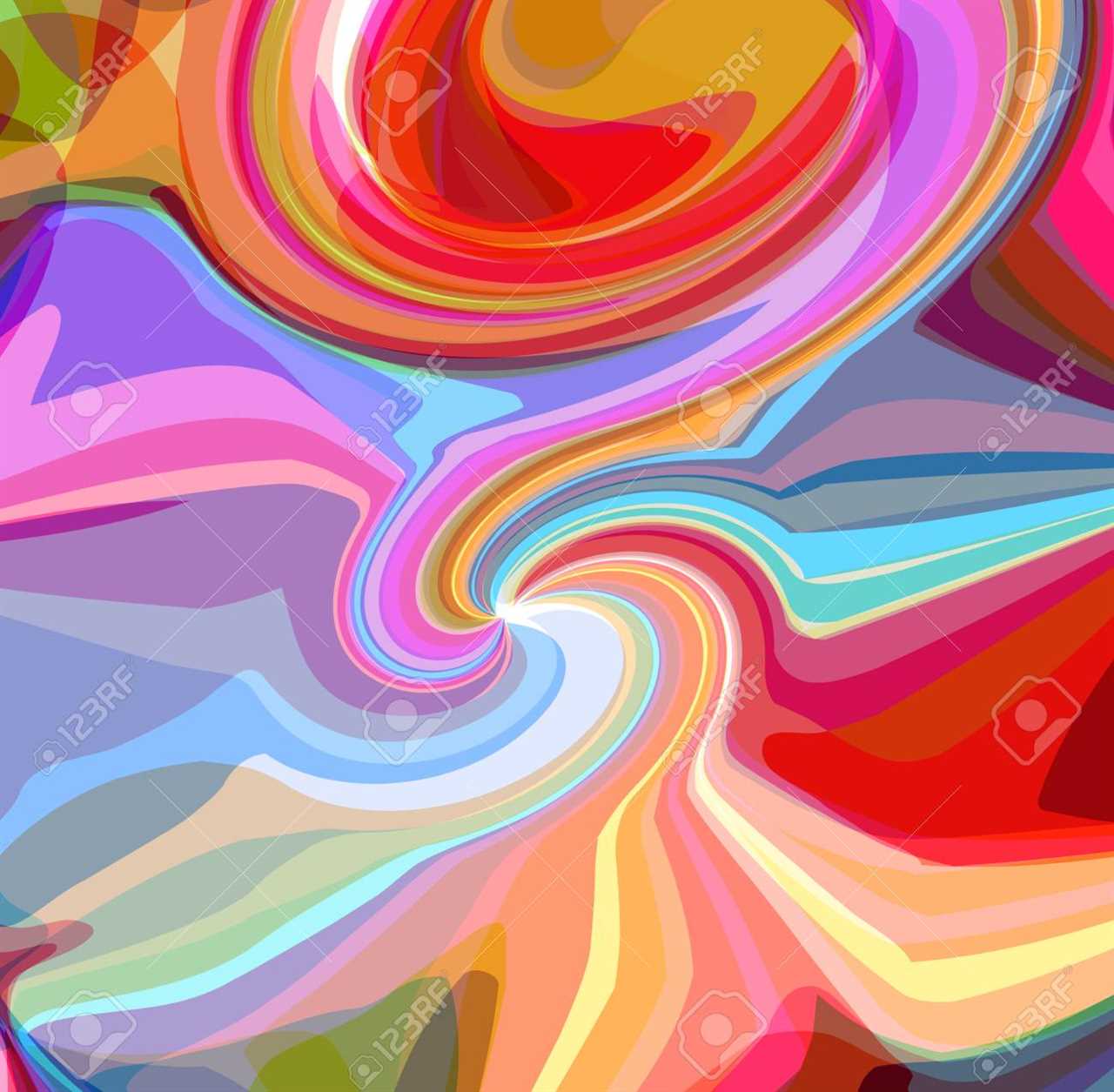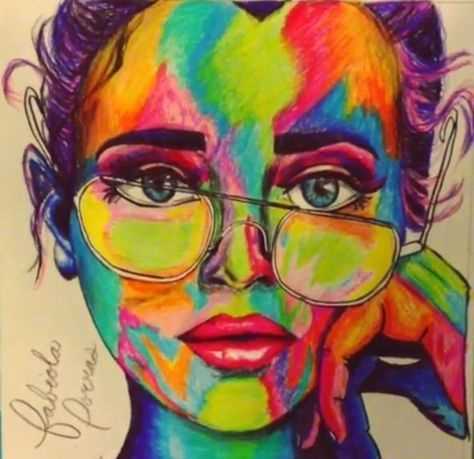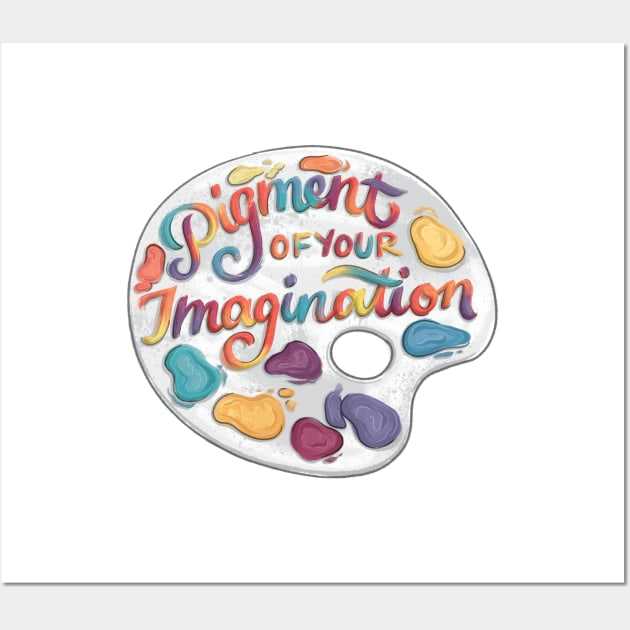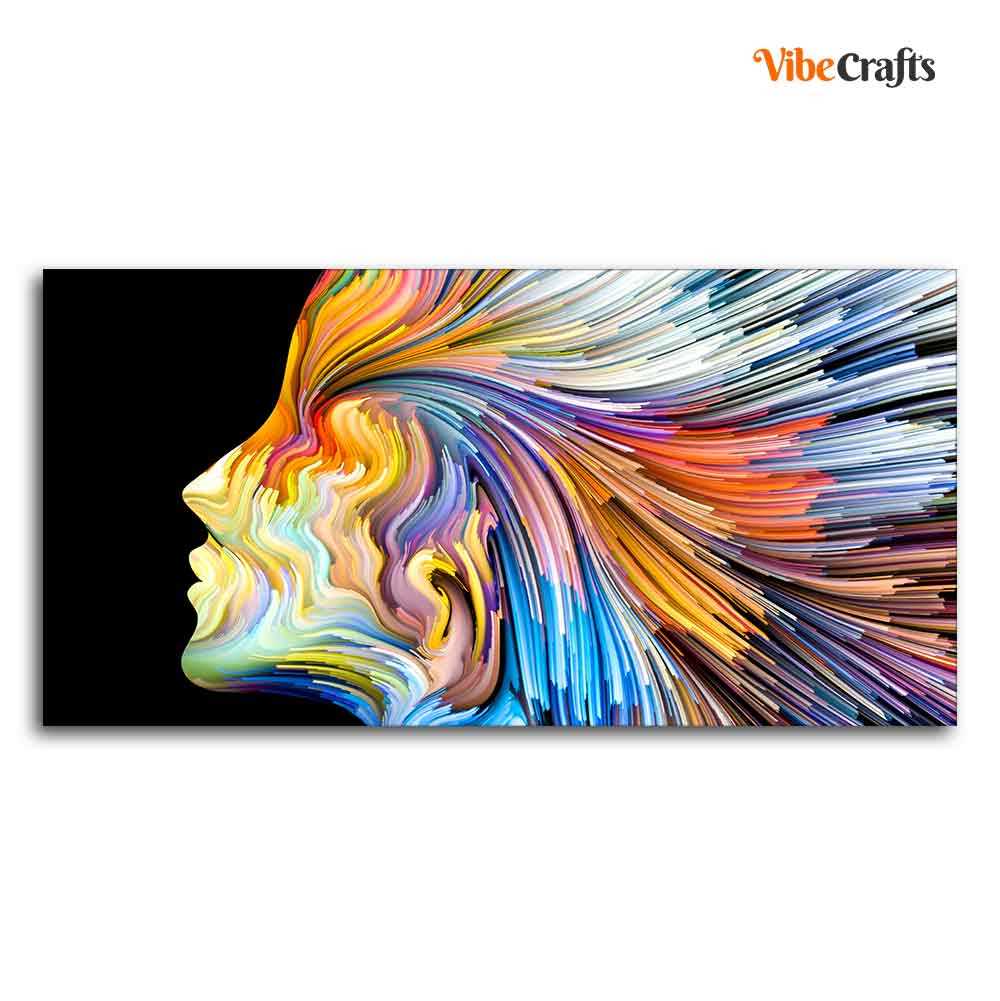
In the vast world of art, colors play a vital role in conveying emotions and stimulating our imagination. Each color has the power to evoke a different emotional response and can greatly impact the way we perceive a piece of art. Through their bold and vibrant hues, artists have the ability to transport us to different realms and provoke positive emotions.
Colors have the ability to speak to our subconscious mind and evoke a wide range of emotions. Whether it’s the calming effect of cool blues, the passionate intensity of fiery reds, or the serene beauty of tranquil greens, colors have a way of connecting with us on a deep and instinctual level. By using colors strategically, artists can create a powerful visual language that resonates with our emotions and sparks our imagination.
One of the ways art imagination is enhanced through colors is by creating harmony and balance. Colors that complement each other and are carefully chosen can create a sense of unity and coherence in a painting or sculpture. This harmony can be visually pleasing and can draw the viewer into the artwork, allowing their imagination to be captivated by the interplay of colors.
Moreover, colors have the ability to create contrast and highlight specific elements in a work of art. The juxtaposition of warm and cool tones, light and dark shades, or complementary colors can create a visual tension that invites the viewer to explore the artwork more deeply. This contrast can spark the imagination, as it prompts us to question and interpret the meaning behind the colors and how they interact with each other.
Artists have long recognized the power of colors to elicit emotions and transport us to different emotional states. Through skillful use of colors, artists can create moods, convey narratives, and evoke memories. Colors have the power to uplift our spirits, instill a sense of calm, or stoke our passions. By engaging with artworks that employ a rich and varied color palette, we open ourselves up to a world of creative possibilities and allow our own imagination to be ignited.
Imagination is a powerful tool that allows us to see beyond the constraints of reality and explore new possibilities. It is through imagination that artists are able to create beautiful and meaningful works of art that evoke emotions and inspire others.
Unlocking Creativity

Imagination is the key to unlocking our creative potential. It allows us to think outside the box and come up with innovative ideas. When we imagine, we are not bound by what is currently possible, but instead, we can envision what could be.
Artists often use their imagination to push the boundaries of their craft and create something truly unique. They utilize colors, shapes, and textures to bring their visions to life. Imagination gives them the freedom to express their thoughts and emotions in ways that words cannot.
Embracing Positivity
One of the most powerful aspects of imagination is its ability to bring positivity into our lives. When we imagine positive outcomes and envision a better future, we are more likely to take actions that align with those visions.
Art, with its vibrant colors and imaginative scenes, has the power to uplift our spirits and inspire joy. It can transport us to a different world, allowing us to momentarily escape from our everyday worries and concerns. Through art, we can tap into our own imagination and experience moments of pure happiness.
| Imagination | Creativity | Positivity |
|---|---|---|
| Unlocks new possibilities | Fosters innovative ideas | Inspires joy and happiness |
| Transcends limitations | Brings visions to life | Uplifts spirits |
| Ignites passion | Expresses emotions | Encourages optimism |
Imagination is a gift that we all possess, and it is up to us to embrace its power and use it to create a positive impact in our lives and the lives of others. So next time you find yourself daydreaming or lost in thought, remember the incredible power of your imagination.
Embracing Colors

Colors have a profound impact on our mood and emotions. They can evoke feelings of joy, calm, excitement, or even sadness. By embracing colors in art, we can tap into their power to inspire and uplift.
Each color carries its own symbolism and energy. Red, for example, is associated with passion and energy. Yellow is often connected with happiness and positivity. Blue can represent calmness and tranquility.
Through art, we can use colors to create a visual language that transcends boundaries and communicates on a deeper level. Whether it’s through painting, drawing, or even photography, artists can harness the power of colors to convey their thoughts, feelings, and experiences.
When we embrace colors in our art, we allow ourselves to explore different emotions and perspectives. We can use vibrant hues to express joy and vitality, or we can opt for softer tones to evoke a sense of serenity and introspection.
The act of embracing colors also extends beyond the canvas. We can incorporate colors into our lives through fashion, interior design, and even our everyday choices. By surrounding ourselves with colors that resonate with us, we can create a more positive and uplifting environment.
So, let us embrace colors in all aspects of our lives. Let us use them to ignite our imagination, spark our creativity, and bring more beauty and positivity into the world.
Creating Harmony
Creating harmony in art is about finding balance and unity through the use of colors. When different colors are combined in a thoughtful and intentional way, they can create a sense of peace and tranquility in a artwork.
One way to create harmony is through the use of complementary colors. Complementary colors are colors that are opposite each other on the color wheel. For example, red and green, blue and orange, or yellow and purple. By using these colors together, artists can create a striking contrast that is visually pleasing and creates a sense of balance.
Another way to create harmony is through the use of analogous colors. Analogous colors are colors that are next to each other on the color wheel. This color scheme creates a feeling of continuity and cohesion. For example, using shades of blue and green or shades of red and orange together can create a harmonious and soothing effect.
Artists can also create harmony by using a monochromatic color scheme. A monochromatic color scheme uses different shades and tints of a single color. This creates a sense of unity and simplicity in the artwork. By using different values of the same color, artists can create depth and dimension while still maintaining a sense of harmony.
The Joyful Expressions
The Colors of Joy
Furthermore, the combination of colors can also contribute to the joyful expressions in art. Complementary colors, such as blue and orange or purple and yellow, create a dynamic contrast that enhances the visual impact and adds a playful element to the artwork. These bold and harmonious color combinations can evoke a sense of joy and harmony.
The Imaginative Scenes
In addition to colors, the content and subject matter of art can also contribute to its joyful expressions. Imaginative scenes and whimsical characters can transport us to a world filled with wonder and delight. Artists who embrace their imagination and create artworks that depict fantastical landscapes, magical creatures, or joyful moments of everyday life can evoke a sense of childlike wonder and bring a smile to our faces.
Moreover, the use of symbolism in art can also contribute to the joyful expressions. Flowers, for example, are often associated with joy, beauty, and growth. The presence of flowers in a painting can add a sense of vibrancy and positivity, enhancing the overall joyful atmosphere.
Overall, the combination of vibrant colors and imaginative scenes in art creates the perfect platform for joyful expressions. These artworks have the power to uplift our spirits and bring a sense of joy and positivity into our lives. So next time you encounter a piece of art that makes you smile, take a moment to appreciate the joyful expressions it embodies.
Unleashing Creativity
Unleashing creativity is a powerful way to tap into our imagination and bring our ideas to life. It allows us to explore new possibilities, think outside the box, and embrace the unknown. Art is a valuable tool for unleashing creativity, as it enables us to express our thoughts and emotions through colors, shapes, and forms.
When we engage in artistic activities, we enter a state of flow where time seems to fly by and our minds are fully focused on the task at hand. This focused state of mind allows our creativity to flow freely and without restraint.
The Benefits of Unleashing Creativity

Unleashing creativity has numerous benefits for our mental, emotional, and even physical well-being. It provides an outlet for self-expression, allowing us to communicate and share our unique perspectives with the world. This can be especially important for individuals who struggle to express themselves verbally.
Creativity also enhances problem-solving skills and encourages innovative thinking. By approaching challenges from different angles and experimenting with various solutions, we can come up with fresh ideas and novel approaches to problems.
Cultivating Creativity

Engaging in activities that stimulate the imagination, such as painting, drawing, or writing, can also help to unleash creativity. These activities provide a safe space for self-expression and allow us to explore new ideas and perspectives.
Embracing the power of colors
Colors play a significant role in unleashing creativity. Different colors can evoke various emotions and moods, creating a rich and dynamic visual experience. By consciously choosing and experimenting with colors, artists can enhance the impact of their work and convey powerful messages.
Finding Inspiration
When it comes to creating art, finding inspiration is crucial. Whether you’re an experienced artist or a beginner, seeking inspiration can help you unleash your creativity and push your boundaries. Here are some ways to find inspiration:
1. Nature’s beauty
Take a walk in the park, hike through the mountains, or simply spend time in your garden. Nature has a way of soothing our souls and igniting our imagination. Observe the colors and shapes around you, and let them inspire your artwork.
2. Travel
Traveling to new places can open your mind to new cultures, landscapes, and experiences. Immerse yourself in the local art scene, visit museums and galleries, and interact with local artists. These encounters can provide fresh perspectives and ideas for your own art.
3. Other art forms

Explore other art forms like music, literature, dance, or photography. Allow yourself to be moved by the emotions they evoke and try to translate them into your visual art. Learning from different artistic expressions can broaden your creative palette and give you new insights.
4. Everyday life

Look for inspiration in the small moments of your daily life. Pay attention to the interactions, colors, and textures that surround you. There is beauty in the mundane, and finding inspiration in the everyday can lead to unique and relatable art.
5. Emotions and personal experiences
Your own emotions and personal experiences are a never-ending source of inspiration. Channel your feelings into your art and use it as a way to express yourself and connect with others. Creating art that is deeply personal can be incredibly powerful and inspiring.
Remember, inspiration can come from anywhere and everywhere. Keep an open mind, stay curious, and allow yourself to be influenced by the world around you. With the right mindset, you’ll find that inspiration is abundant.
The Journey to Happiness
Embarking on a journey towards happiness is an endeavor that requires self-reflection, growth, and a positive outlook on life. It is a path that is unique to each individual, as what brings joy and fulfillment can vary greatly from person to person. However, there are certain universal principles that can guide and inspire us along the way.
Embracing Gratitude
One of the first steps on the journey to happiness is cultivating a mindset of gratitude. This involves acknowledging and appreciating the blessings and positive aspects of our lives, both big and small. By focusing on what we are thankful for, we can shift our perspective and find joy in the present moment.
Seeking Meaning and Purpose
Another important aspect of the journey to happiness is discovering and pursuing our passions and purpose. When we engage in activities that align with our values and bring us a sense of fulfillment, we can experience a deep sense of happiness and contentment. It is essential to explore our interests, set meaningful goals, and continually strive for personal and professional growth.

I am a mural enthusiast and a fervent admirer of street art. Rather than creating murals myself, I am passionate about collecting them. My love for street art knows no bounds. I am dedicated to curating and cherishing these artworks that grace the streets. My collection stands as a testament to my profound appreciation for this form of artistic expression.
read about me



